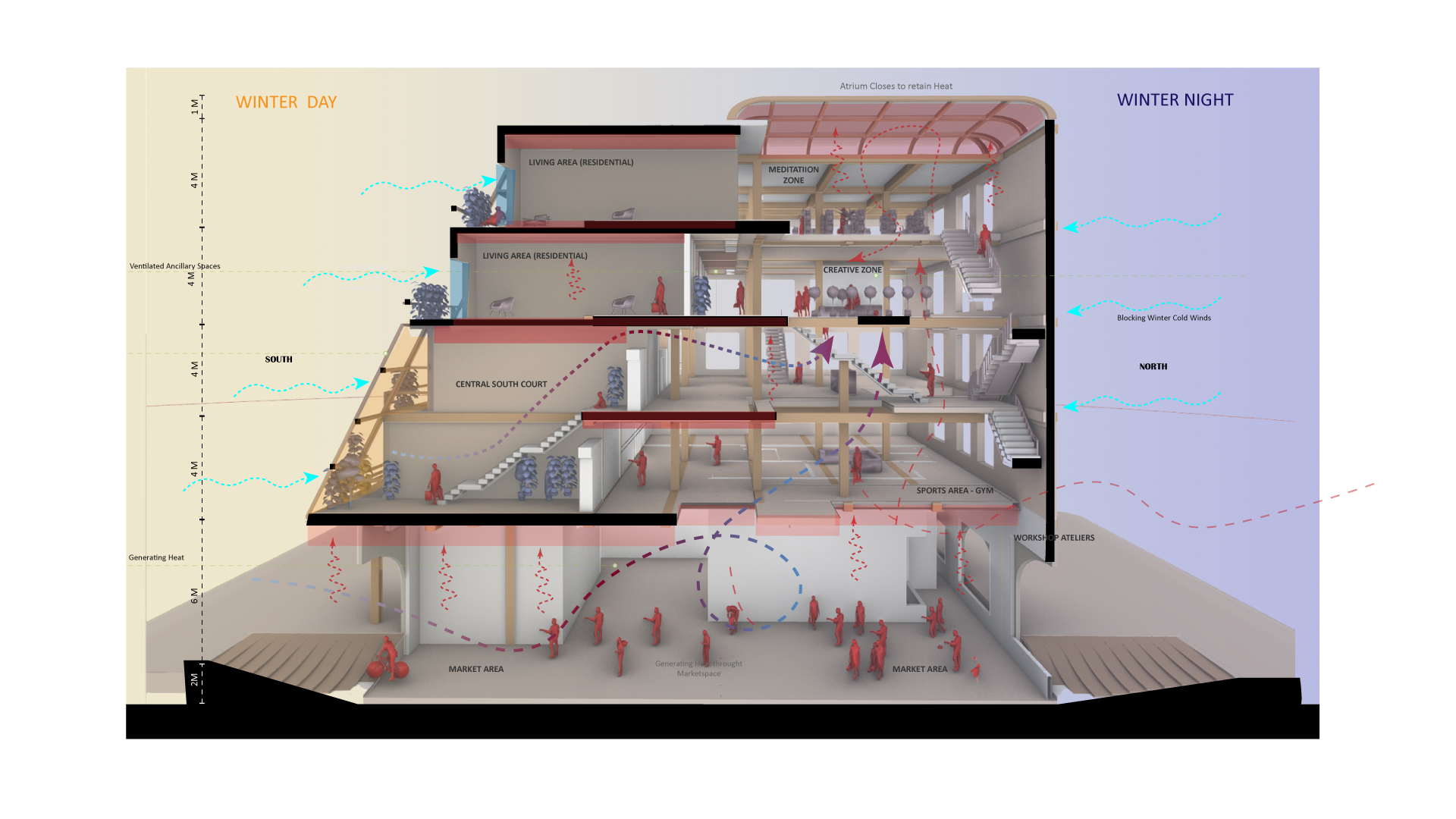Tabrizian Tapestry_Thermodynamic Fabrications
Our case study is located in Tabriz, the coldest region in Iran, with an average temperature between 1.1 C and 6.6 C during winter, and an average between 30.4 C and 17.9 C during summer. The climate widely corresponds to Central European weather conditions. With the following study, we have designed a our building Tabrizian … Read more





